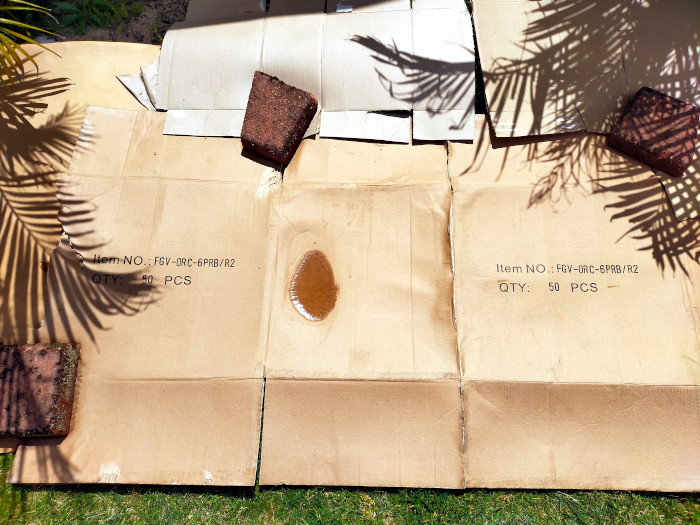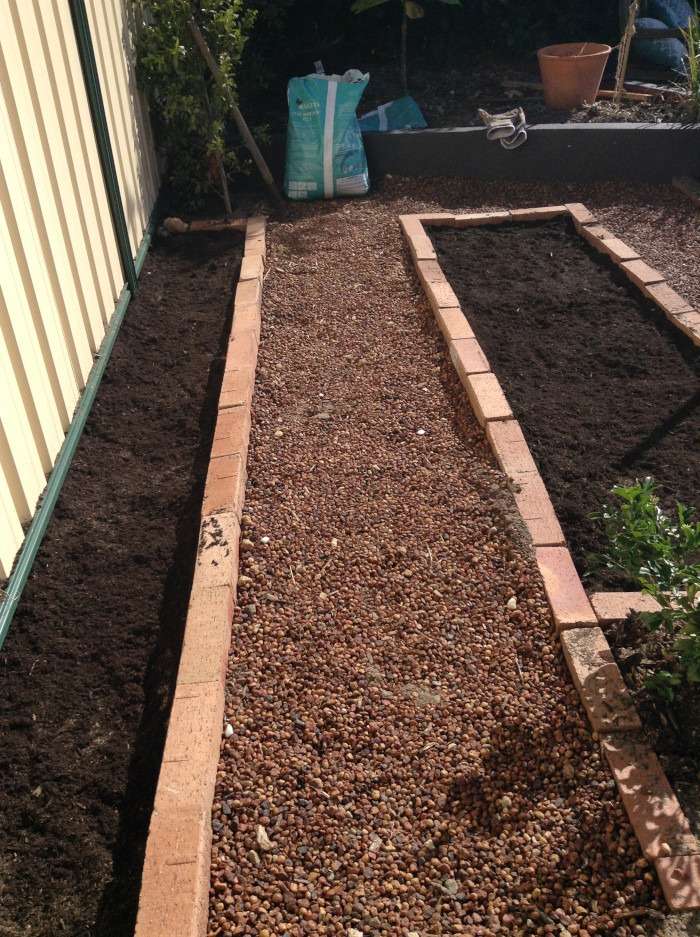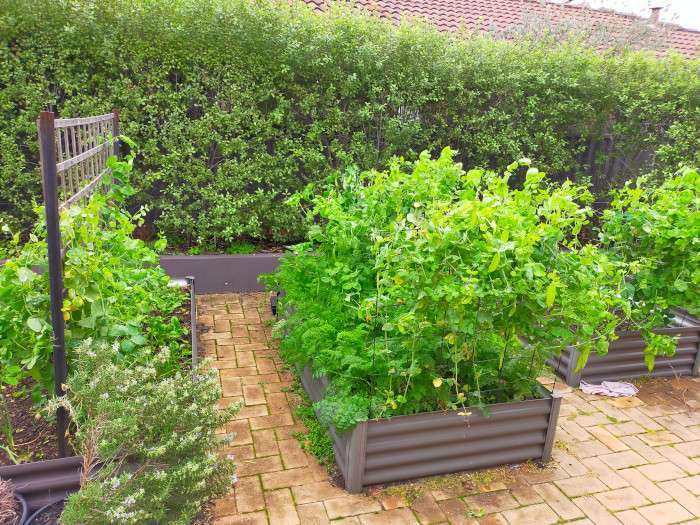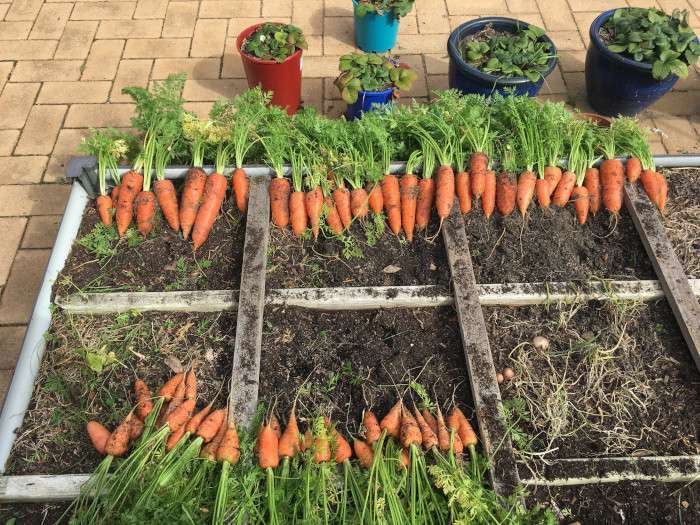If you’re just getting into gardening, you’ve probably been watching videos of people with amazing gardens and getting excited to dive in. One of the first challenges you’ll likely face is figuring out where to start—or, if you’re fortunate enough to have some garden space already, how to expand it. Today, I want to talk about how to expand a garden bed from scratch.
In my experience, the best methods for expanding a garden bed include smothering the grass with cardboard, digging it up, or tilling. I also have a lot of experience with raised beds, which can be an excellent option for many gardeners.
Smothering Grass: A No-Dig Method
This is probably the easiest option. The basic idea is to cover the area with cardboard or newspaper—something tough that will block light. This alone will kill grass and weeds. After that, you can either put soil or mulch on top, and after a few weeks, everything underneath will be dead and ready to plant in.
The time you need to wait depends on how thick the cardboard is. I usually leave it for 4-6 weeks, but if I add organic matter on top, the cardboard breaks down faster, allowing me to plant sooner. Adding organic matter also improves the soil as it decomposes

I like this option because it follows the no-dig principles, which promotes beneficial organisms in your garden that will improve the health of your soil and plants. It’s also the least amount of work, just lay your material and wait.


Digging
Another good option, though more labour-intensive, is digging. While a machine makes it easier, I’m assuming most of you only have access to a shovel. In that case, making shallow horizontal cuts and remove the top layer of soil where the grass is can be an effective way to create a new garden bed from scratch. Once the topsoil is removed, you can add compost, manure, and other organic matter to start prepare your new garden bed for planting.
Tilling
You can literally plough the ground, like farmers have done for centuries, to break up the soil and tear apart grasses and weeds, preparing the area for planting. Tilling involves turning over the soil, either with a machine or by hand with something like a hoe. This helps mix the organic material into the soil and loosen it, which makes it easier for plants to establish their roots in the ground.
Tilling is effective but it comes with a pretty large downside, which is that it will disturb the soil and damage microorganisms that are beneficial to the garden. Therefore I try and use no-dig options whenever available.
Raised Beds
One of the easiest options for expanding your garden is to use raised beds or other containers. You can either buy pre-made kits or build your own with things laying around your property like wood, bricks or stones. Raised beds allow you to quickly create a new growing area without having to prepare the ground below which is a major advantage compared to the previous options we’ve looked at.

Another advantage of raised beds is that they offer better drainage and give you more control over the soil quality, as you can fill them with a custom mix of organic material that can be as premium or budget friendly as you want.
Choosing the Right Location for Your Garden Bed
Location is an important factor to consider when establishing a new garden bed. A good location will change depending on what you are trying to grow.
Gardens that grow things for productivity will need at least 8 hours of light a day to get a good amount of produce. Likewise many ornamentals like roses also benefit from a lot of direct sun.
On the other hand shady locations are better for many tropical plants and other shade loving varieties.
Garden Edges: Keeping Grass and Weeds Out
A edge is useful to make your garden bed look nicer and also to help keep grass and other weeds out of your garden. I’m going to recommend two types of edging:
Edge Trenching
Edge trenching involves cutting a 45 to 90-degree angle into the lawn or soil to create an edge that is exposed to the air. This technique, known as air pruning, causes roots to stop growing when they encounter air. As a result, it prevents the roots of grass and other weeds from spreading into your garden beds.

It also gives your garden beds a clean and defined look, making them not only easier to manage but also improving the overall appearance of your garden.
Hardscape Materials
Rocks, or other hardscape materials like bricks, can be a great choice for edging or creating borders in your garden. I personally like to use rocks because they provide a natural look, and depending on where you live, they can be a free and easy resource to get hold of. Rocks also blend well with the surrounding landscape, adding a rustic and organic feel to your garden.

There are plenty of materials you can use for edging your garden beds, including:
- Plastic edging: Lightweight and cheap.
- Bricks: Durable option that gives a clean and neat look.
- Cement blocks: Heavy-duty and long-lasting.
- Wood: Logs or planks can give a more cosy feel but will rot over time.
- Pavers: Walkways can double as edging.

However, all of these options have their pros and cons. The main issue with these types of materials is that grass can sometimes sneak through gaps in the edging. Unless you bury the edging deep enough, some aggressive grasses, like kikuyu, may even grow under it. You can help control this by mulching the garden bed itself, which will prevent a lot of weeds from growing.
Conclusion
Expanding a garden bed from scratch can seem like a lot of work, but options like smothering or raised beds can make it really easy. For those not afraid of a bit of work, digging or tilling still have their place and are effective methods as well. Don’t forget to consider your location and edging options to ensure a successful, weed-free garden.
So give one of these methods a try, and let us know how it goes!


